The Gulf states are often viewed through the lens of certain recurring themes—whether it’s their immense wealth, tribal roots, or deep desert traditions. Yet the reality of what defines these societies is far more complex.
In his article published on October 13, 2024, Hadi Al-Anizi explores the historical influences that have shaped the Gulf’s tribal nature over centuries. He argues that diverse cultural interactions, alongside recent economic developments, have played a crucial role in molding today’s Gulf societies—where tradition and rapid modernization coexist.
Al-Anizi contends that Gulf culture is a unique mosaic of seemingly contradictory elements, making it challenging to analyze. On one hand, it adapts quickly to global changes; on the other, it remains deeply rooted in its traditions. He sees this dynamic as a blend of the region’s rich heritage with its forward-looking vision.
One of the most striking contradictions, according to the author, is that Gulf societies live in palaces and towering skyscrapers, utilize the latest technologies, and enjoy modern modes of transportation—yet still engage with their nomadic roots, spending time in the vast deserts and maintaining a connection with nature.
Historically, Gulf societies have existed between two distinct lifestyles: the nomadic way of life, centered on desert wandering, and the urban, settled life characterized by stability and development. This cultural duality, Al-Anizi argues, has allowed Gulf societies to cultivate a strong and diverse identity—intertwining Bedouin heritage with urban modernization.
This raises an essential question the author explores: are Gulf societies truly nomadic or urban? To answer this, Al-Anizi suggests we must look at the daily practices of individuals and the broader cultural traits of the community.
The region has undergone profound transformations—from ancient occupations to the economic and cultural revival triggered by the discovery of oil. These shifts, particularly in the face of globalization, have challenged Gulf cultural identity. Nonetheless, Al-Anizi believes they have also enabled Gulf societies to develop a resilient identity shaped by the fusion of Bedouin traditions and urban influences.
He also highlights the influence of ancient civilizations such as Dilmun and Magan, whose legacies continue to shape the region’s cultural landscape. Trade, agriculture, and external contact have long shaped Gulf customs, arts, and social norms.
With the advent of Islam, Gulf values and traditions were redefined. Under the Umayyad and Abbasid periods, trade and cultural exchange flourished, enriching the region’s cultural fabric. This era laid the foundations for the mosques, markets, and scientific developments that still influence the region today.
Despite Ottoman and British influence, Al-Anizi notes, Gulf societies preserved their Arab and Islamic traditions. Trade remained a cornerstone of cultural identity, with coastal cities serving as vital hubs of commerce and exchange.
Today, Gulf identity faces new challenges—particularly with the rapid advancement of technology, the influence of social media, and the pressures of globalization. These changes, Al-Anizi argues, have led to visible social shifts, especially among youth, who are increasingly exposed to new cultural norms that may conflict with traditional values.
Still, the author remains optimistic. He points to efforts across the Gulf to revive cultural heritage and strengthen local identity through education and cultural institutions. Ministries of culture and education, he believes, have a vital role to play in preserving the region’s rich traditions—ensuring that Gulf identity continues to thrive in an increasingly globalized world.
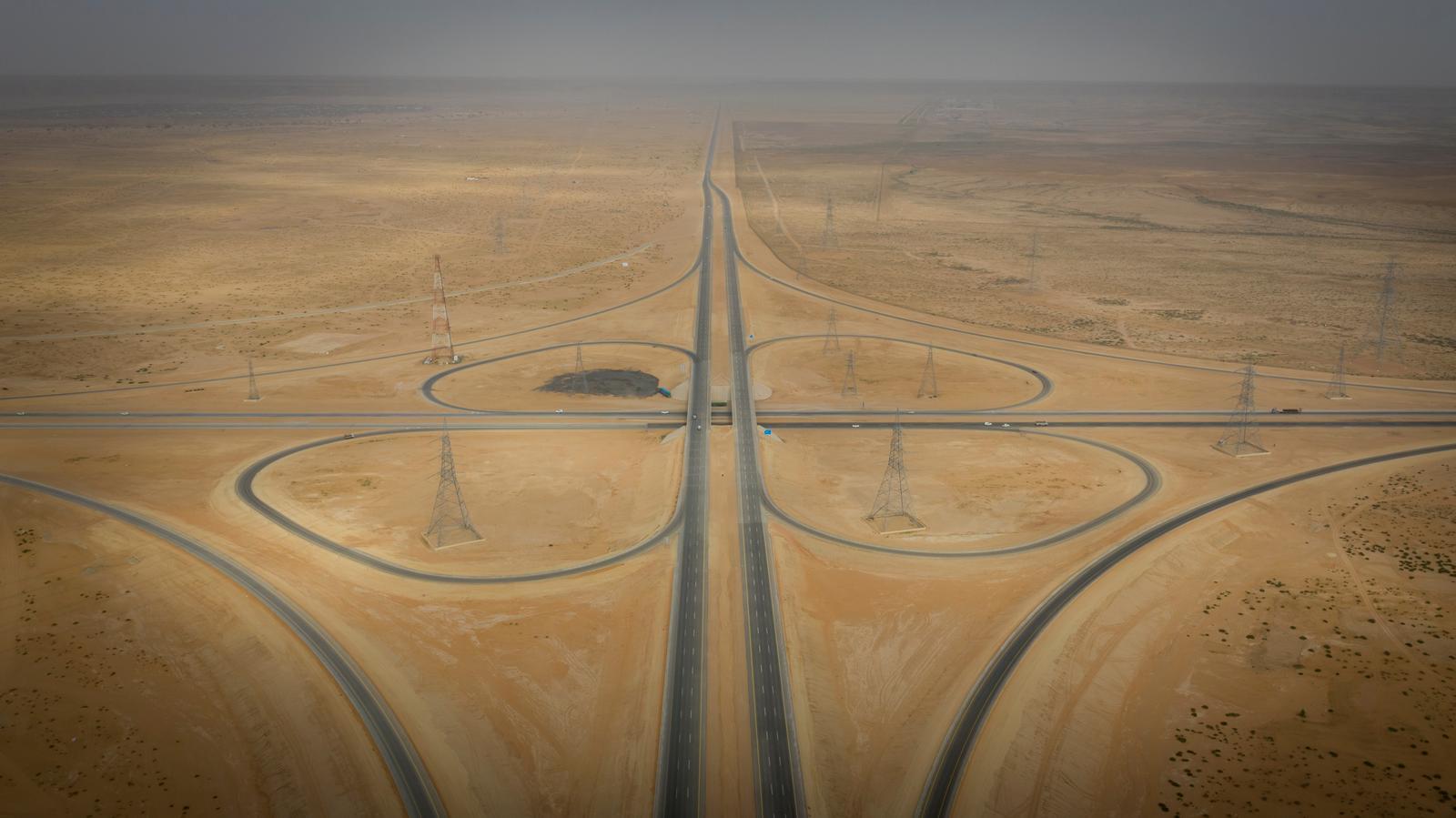
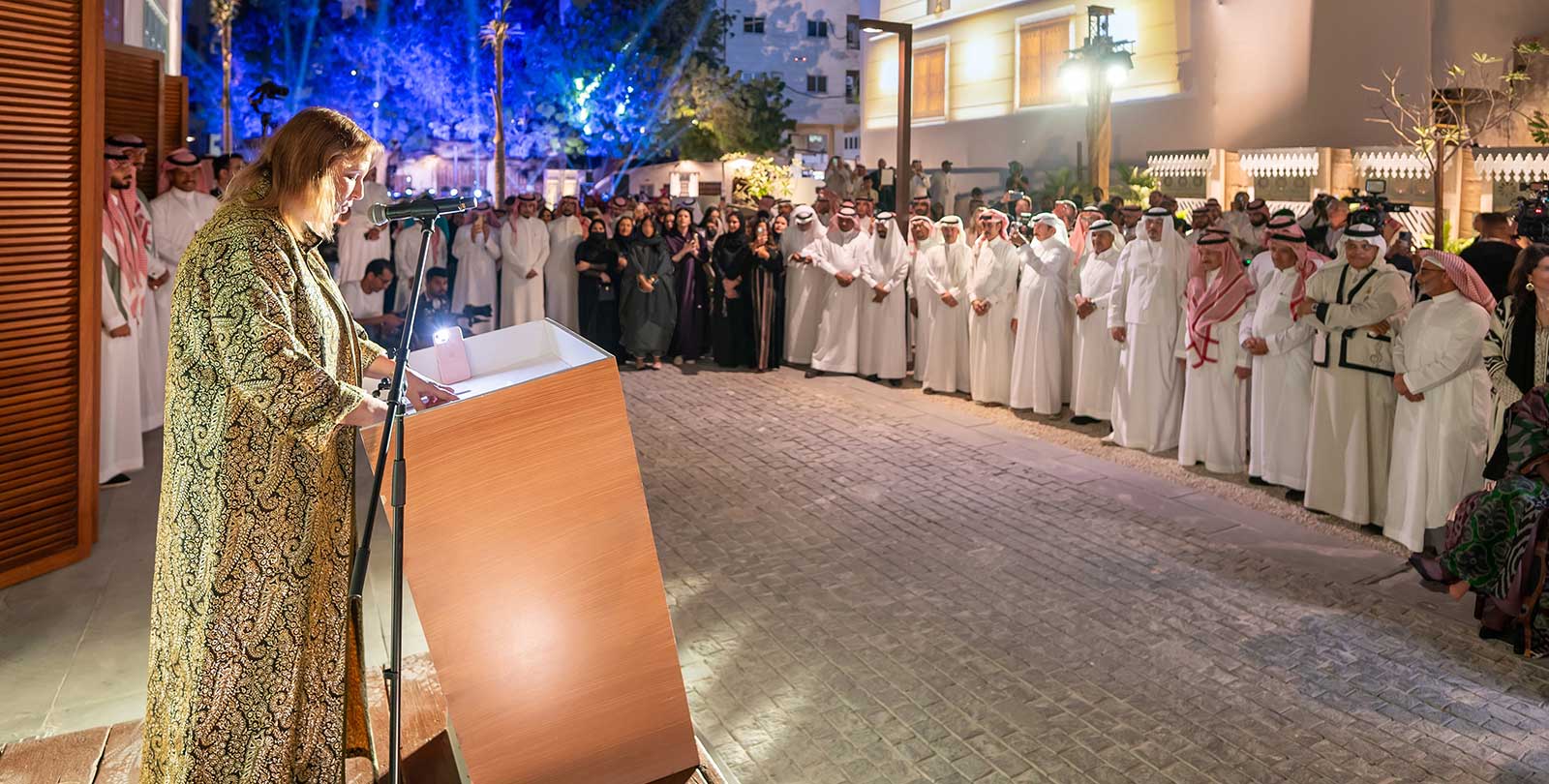
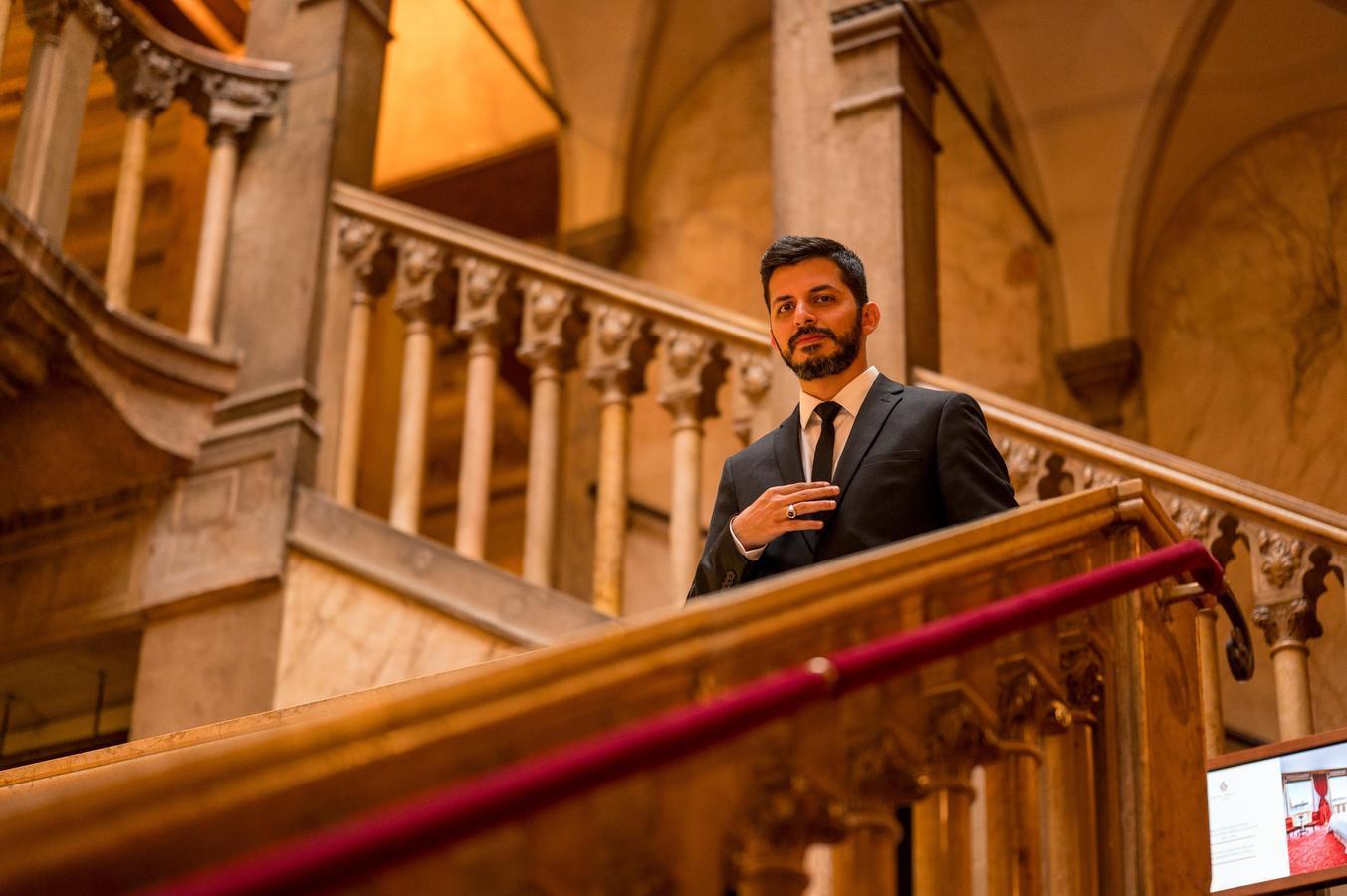
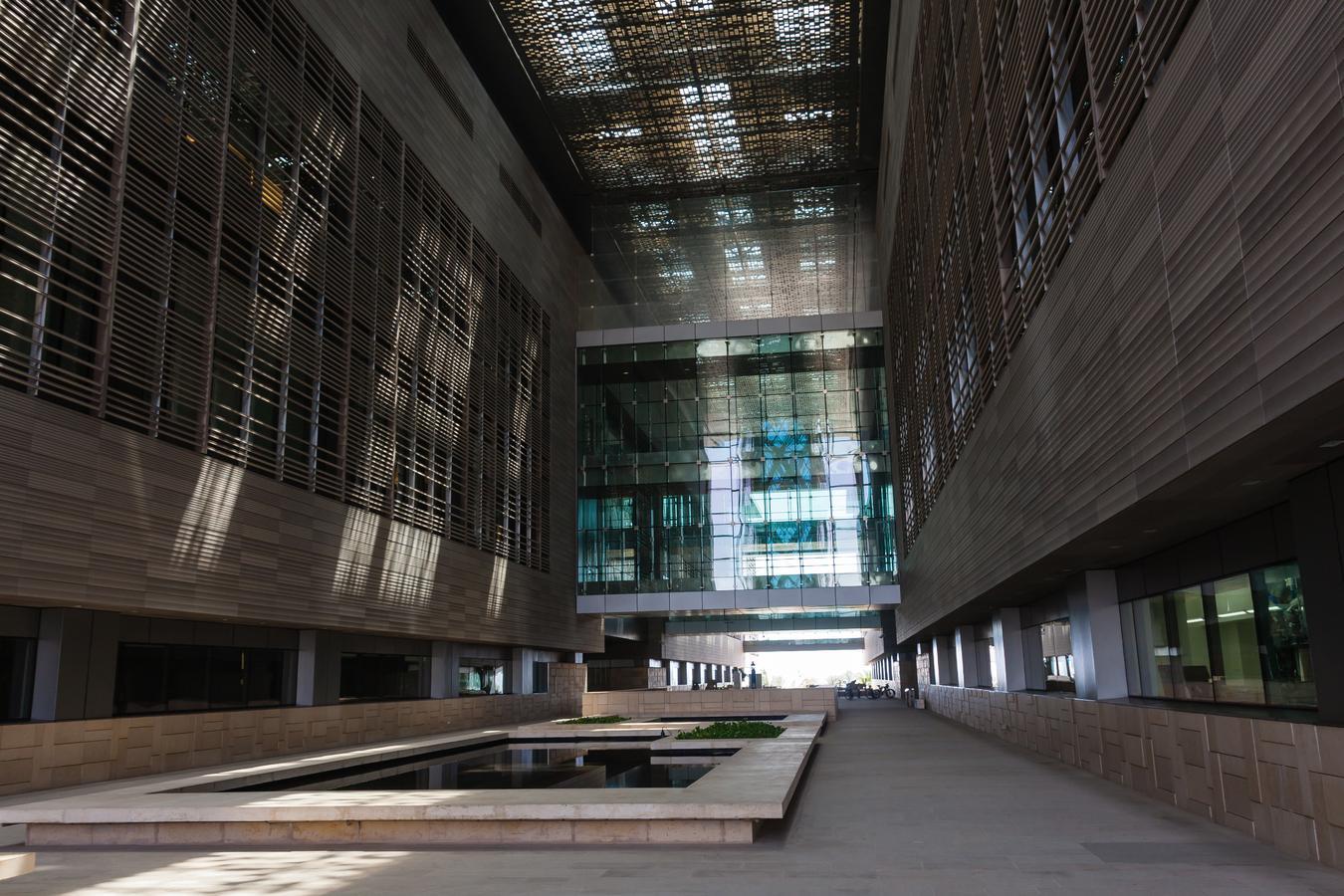


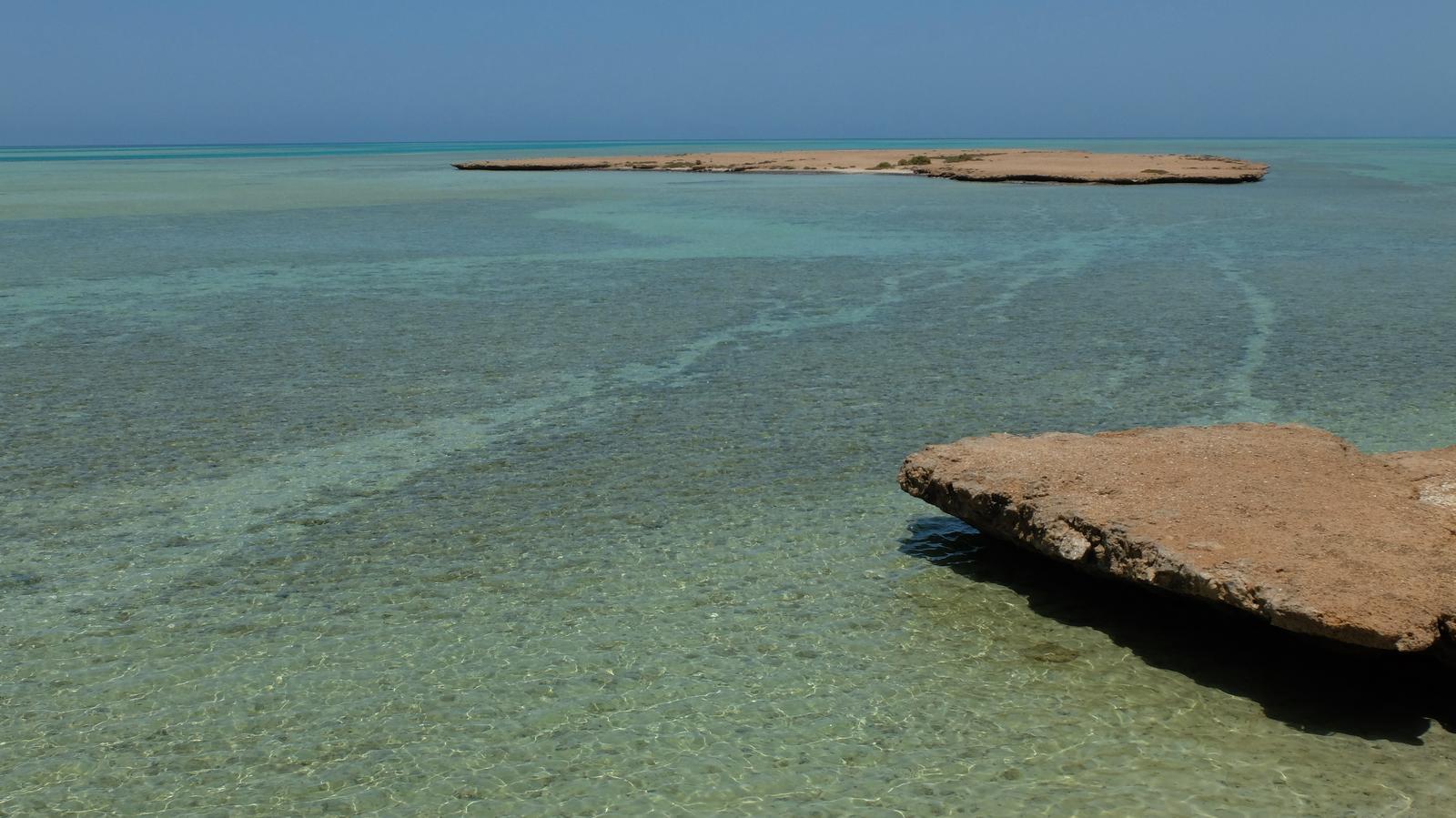
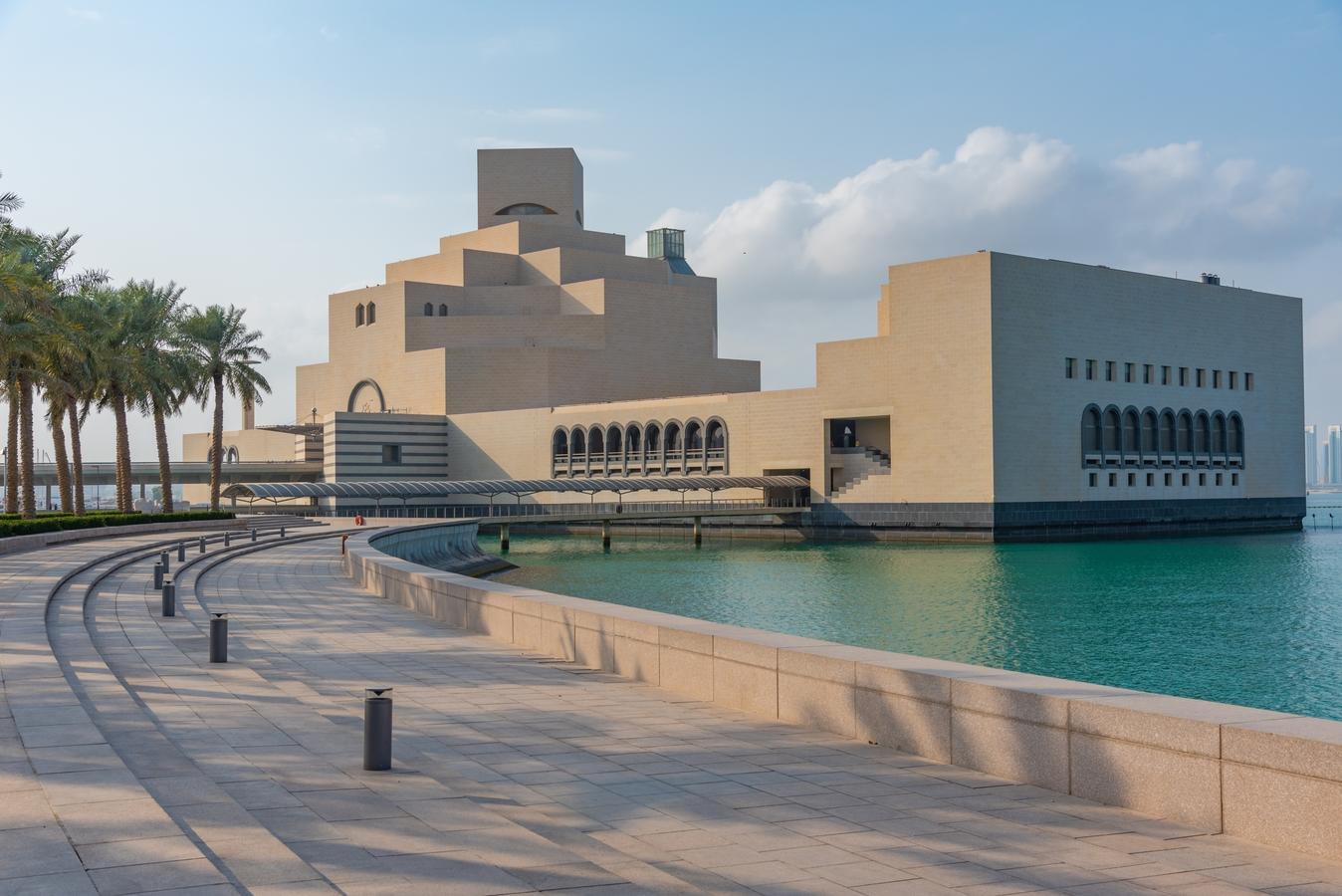
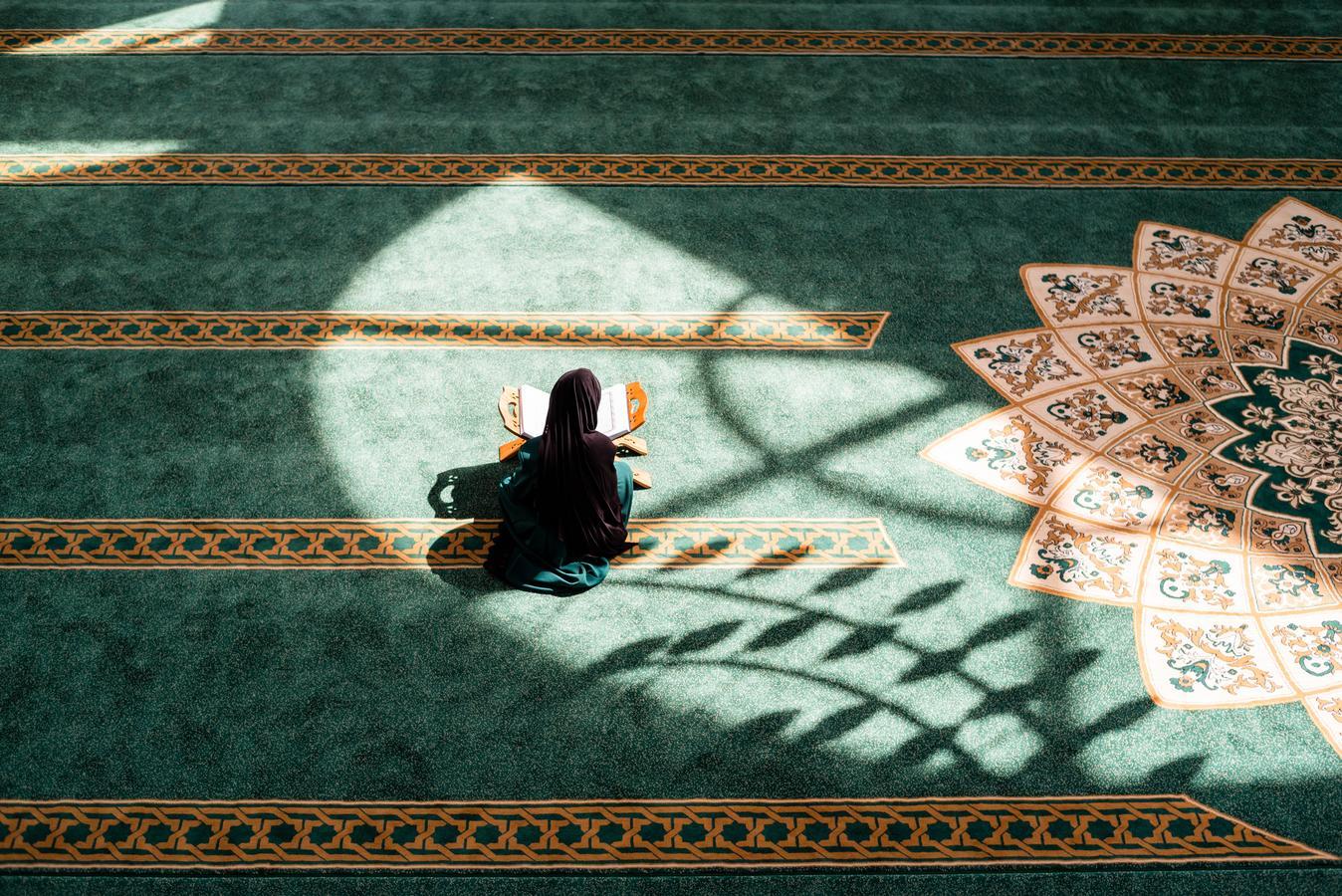
0 Comments
No comments yet. Be the first to comment!